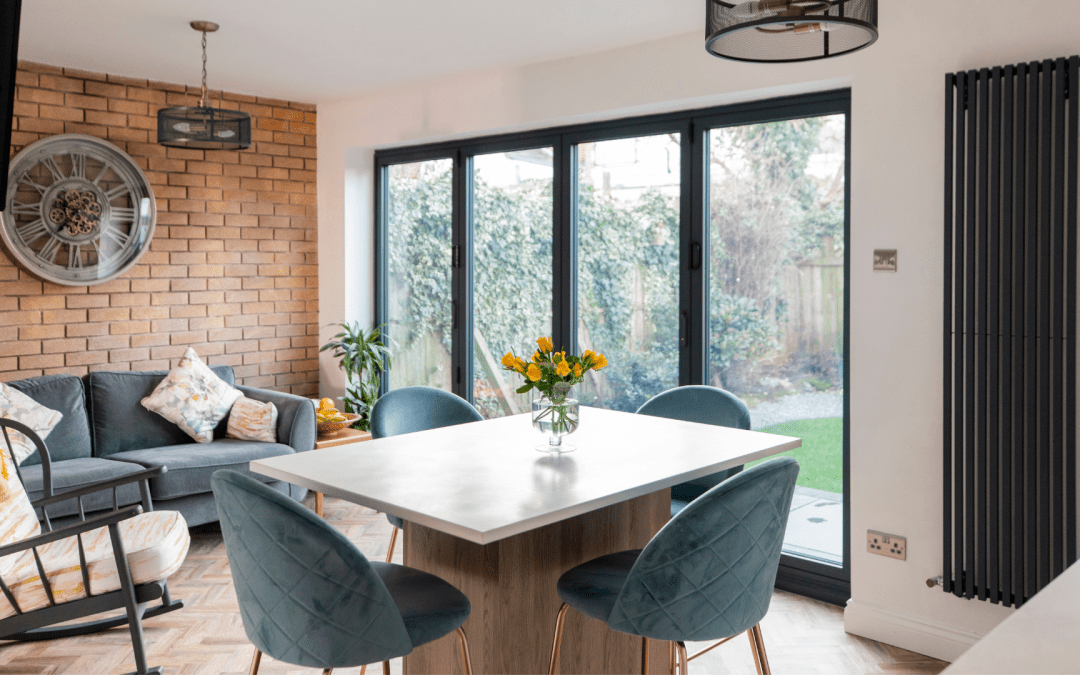Illuminating Brilliance: The Significance of Light in Architectural Design
Architectural design is a dynamic interplay of form, function, and aesthetics, with one key element often taking centre stage: light. Light is not merely a functional necessity but a transformative force that shapes the very essence of architectural spaces. In this blog post, we will explore the role of light in architectural design and how it contributes to creating spaces that inspire, captivate, and elevate the human experience.
Form and Function:
Light plays a pivotal role in defining the form and function of a structure. As architects we carefully consider the placement and orientation of windows, skylights, and openings to harness natural light. Beyond aesthetics, natural light contributes to energy efficiency by reducing the need for artificial lighting during daylight hours. The interplay between light and shadow can accentuate architectural elements, creating a dynamic visual experience.
Aesthetics and Atmosphere:
Lighting design has a profound impact on the atmosphere of a space. Whether it’s the warm glow of ambient lighting in a cosy living room or the dramatic play of light and shadow in a contemporary art gallery, we use lighting to evoke specific emotions and moods. The choice of lighting fixtures, their intensity, and colour temperature all contribute to shaping the ambiance of a space.
Spatial Perception:
Light has the power to influence our perception of space. Clever lighting design can visually expand or contract spaces, creating a sense of openness or intimacy. We leverage techniques such as accent lighting, wall washing, and uplighting to draw attention to specific architectural features and enhance the overall spatial experience. In large public buildings, strategic lighting can guide people through spaces and emphasise wayfinding.
Integration of Technology:
Advancements in lighting technology have opened new possibilities for architects. LED lighting, smart lighting controls, and programmable systems allow for dynamic and interactive lighting designs. Buildings can now respond to external factors such as time of day, weather conditions, and user preferences, creating adaptive and responsive environments that evolve with the needs of their occupants.
Sustainability and Wellness:
In the era of sustainable design, architects are increasingly incorporating daylighting strategies to reduce reliance on artificial lighting and minimise energy consumption. Beyond energy efficiency, exposure to natural light has been linked to improved well-being and productivity. Designing spaces that prioritize access to daylight not only benefits the environment but also enhances the quality of life for the people who inhabit those spaces.
Conclusion:
In the realm of architectural design, light emerges as a dynamic and transformative element that goes beyond mere functionality. It is a tool that we use to sculpt space, evoke emotions, and enhance the human experience. As technology continues to advance and sustainable practices gain prominence, the role of light in architecture is poised to evolve, offering new possibilities for creative expression and environmental responsibility. In the ever-changing landscape of design, one thing remains constant: light will continue to illuminate the path towards innovative and inspiring architectural spaces.
If you’re based around Cheltenham, Gloucester, or surrounding areas we at PSK would love the opportunity to help you with your building project. Get in contact today.

